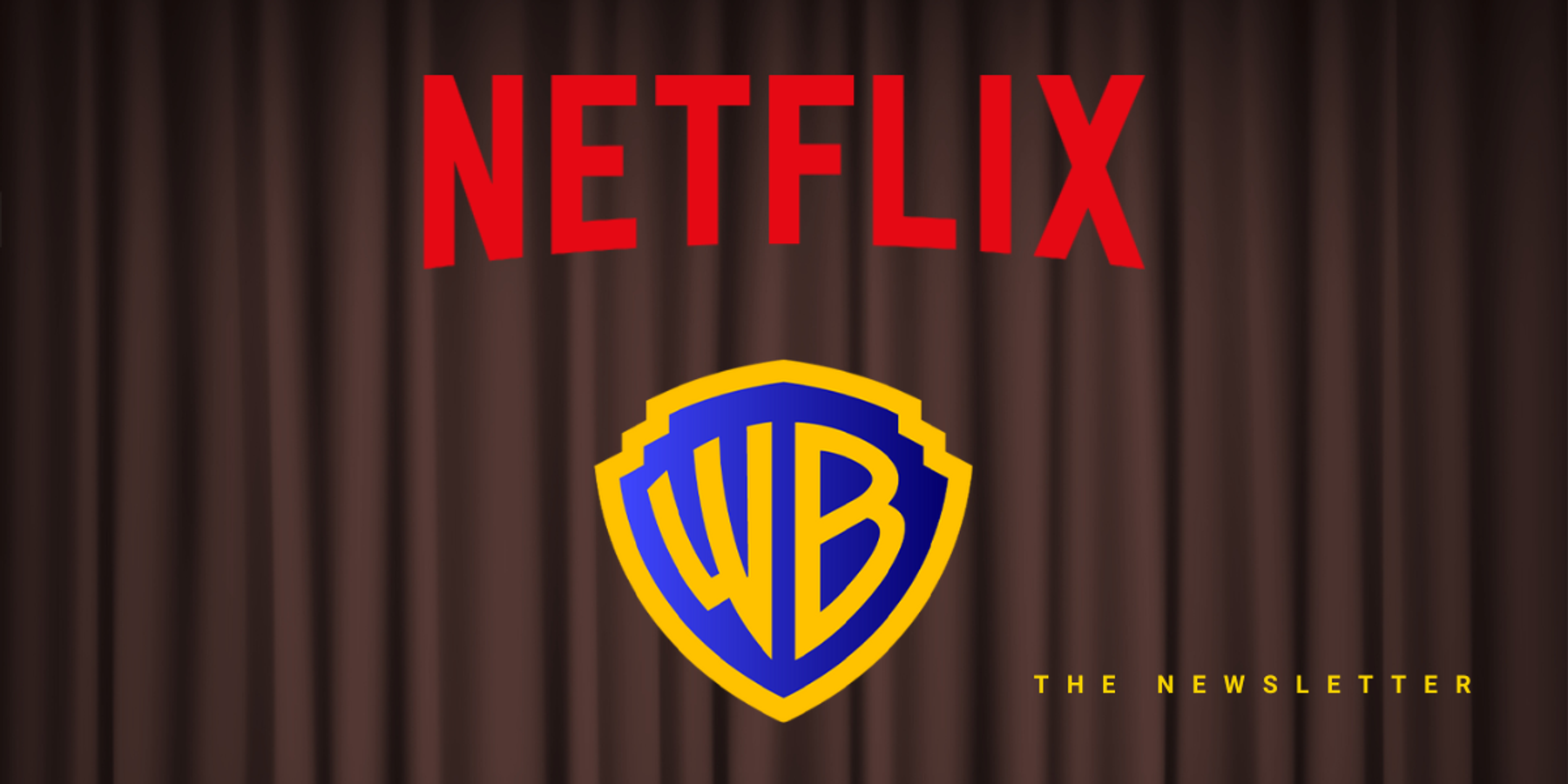The Electrification Dilemma: We Need Batteries To Stop Emissions, but We Need Emissions To Build Batteries
David Shultz reports on clean technology and electric vehicles, among other industries, for dot.LA. His writing has appeared in The Atlantic, Outside, Nautilus and many other publications.

In a sprawling new report, researchers from the University of California Davis asked what would would it take for the United States to electrify its entire passenger vehicle market by 2050. Their answer? The country would have to use three times more lithium each year than is currently mined globally.
Our planet, contains more than enough lithium to provide the batteries necessary to electrify the global economy. The issue is that extracting it from the ground requires a lot of energy in its own right. And while there’s been progress in transitioning the machines and supply chains involved in mining, most of the energy in the sector is still supplied by fossil fuels: A recent study from MIT concluded that manufacturing the 80kWh battery in a Tesla Model 3, created up to 12 times the carbon emissions of a car driven from New York to LA.
The problem basically boils down to this: We need batteries to stop emissions, but we need emissions to build batteries.
“There might be plenty of lithium in the long run, but that doesn't mean that we won't have shortages during crucial periods of time that prevent, essentially, the deployment of electric vehicles,” says Alissa Kendall, a civil engineer at UC Davis, who led the report’s lifecycle modeling. “It takes a long time to permit and build a lithium mine or an extraction site, and to also build the refining capacity and everything else that might be needed. The expectation is that the next five to 10 years is where we would expect to see some shortages.”
But that same 2050 demand curve is not absolute. In other words, there are other ways to meet the country’s 2050 climate goals. The UC Davis report focuses on three potentially dramatic changes the United States could make in order to reduce the demand for lithium and lithium mining: Reducing vehicle ownership, reducing battery size, and improving recycling.
Reducing vehicle ownership
The sprawling web of highways and streets that blanket the country and the existing high rates of vehicle ownership makes it nearly impossible to make drastic culture changes to the way we think about traveling.
That said, reducing personal vehicle ownership could reduce the demand for lithium in the country by 18-66%, depending on how aggressively we scale back. Fewer cars on the road obviously means fewer batteries, but historically in the United States, where car culture often feels like it’s enshrined in the Constitution, this has been a tough sell.
But according to Kendall, the sunken cost fallacy is in fact a fallacy.Our roads and car-centric infrastructure is heavily subsidized by the federal government. “If we actually look at a systems level, if we look at the true cost of everything, [personal vehicles are] very expensive as a way to move around,” she says. “And if we were to essentially change the way we do our accounting, we'd find that mass transit systems and other active modes of transport, like walking and cycling, are much more cost effective. But we need to make that initial investment to make that work.”
Reducing battery size
Similarly, just reducing battery sizes could reduce lithium demand by 42%. Which is a major ask considering the country is trending in the opposite direction. As EVs have gone mainstream consumer demand for larger cars and longer ranges have caused the average battery size to nearly double from 40kWh in 2015 to today’s average of 77kWh. As charging infrastructure improves and becomes more abundant, range anxiety should subside to some degree. But reducing battery sizes will require national-level policies aimed at densifying urban areas and promoting mass transit at a scale far beyond anything that’s been proposed so far.
Kendall is quick to point out that she and her colleagues are not arguing against electrification. Instead, they’re merely showing that electrification alone won’t get us to our climate goals without bigger changes. “If I had to crystallize it into one thing, it would be that investments in electric vehicles should be coupled with investments in mass transit and alternative modes of transportation,” Kendall says.
In the same vein, the report also emphasizes that these changes don’t apply to urban and rural areas equally. Rural areas will require cars with longer ranges and bigger batteries, but the majority of driving still takes place in cities, where mass transit, walking, and cycling would be most feasible and most effective.
Improving battery recycling and technology
According to the study, improved battery recycling could cut lithium demand in half. It’s also the least politically and socially contentious option. The process, however, is likely to face hard economic realities in terms of profitability and will likely require some level of subsidization if the burden is going to be absorbed by the private sector. There is grant money on the line for projects like this to the tune of $3 billion, but the funding environment is nascent, and the specifics of how much of that money will go towards recycling and how much is needed, is still being worked out. The application period hasn’t even opened yet.
There is, of course, the potential for new battery technologies to enter into the equation that disrupt the forecasts outlined in the report. Iñigo Capellán Pérez, a sustainability researcher at the University of Valladolid in Spain, likens these questions to the solar panel industry of 15 years ago.
At that time, solar panels relied on silver to convert sunlight into electricity, and forecasts showed dire bottlenecks looming for the industry as it attempted to scale up. Scientists eventually figured out, however, that with some tweaking, they could use copper instead. His own research on batteries mirrors many of the conclusions that Kendall and her colleagues draw in the new report. “So what happens is that these kinds of studies it’s like an alert or an alarm for manufacturers and for people developing new batteries, so that they know what they have to replace,” he says.
To that end, sodium-based batteries are in development, but are likely still 15 to 20 years away, if they pan out at all. Sodium is even more abundant than lithium, and while slightly heavier, it’s easier to mine and the process creates far fewer emissions, making it a tantalizing possibility as an alternative to lithium. Solid state batteries may wind up using somewhat less lithium and could be available somewhat sooner, but no one has successfully brought the technology to market yet.
The problem is the electrification of transport is happening today, meaning lithium ion batteries are the technology that has to work. It will be up to policymakers to ensure that electrification happens in concert with investment in mass transit and changes to our urban centers that reduce our dependence on cars. The Inflation Reduction Act contains billions in provisions to that end, but the specifics of how they’ll be used is still being worked out. The coming months and years will determine if electrification is remembered as a vital piece of the climate puzzle or another greenwashed idea that sounded nice on paper.
David Shultz reports on clean technology and electric vehicles, among other industries, for dot.LA. His writing has appeared in The Atlantic, Outside, Nautilus and many other publications.





 Image Source: Perelel
Image Source: Perelel